It sounds crazy to spend that much money on promotion, right?
What could I possibly have spent it on? And why?
Most people are afraid to spend money.
You worked hard for that money, so why on Earth would you go out and blow it all?
But, as the old saying goes:
“You have to spend money to make money.”
And that’s absolutely true!
It’s no different than running ads or hiring employees. You have to be willing to spend money today to bring in more money tomorrow.
And it’s a strategy that I pride myself on implementing.
I am extremely calculated, and I always look at the potential ROI of any investment I make.
Whether it’s choosing to buy that $5 coffee or invest $252,000 into conversion-rate optimization, the question remains the same.
What will my return be?
Will this $5 coffee improve my work efficiency and reduce my working hours, thereby paying for the coffee itself?
If yes, then I’ll buy it, because the goal with anything in business is to bring in more money.
Your time is an investment, too.
Everything should be seen as an investment, even if it isn’t directly related to money.
Here’s how I’ve spent $1,080,126 on marketing and what you can learn from each dollar I spent.
Spending $252,000 on conversion optimization
Conversion-rate optimization focuses on a ton of different factors.
It includes everything from the user experience to analyzing user behavior. It also addresses how the page funnels conversions.
And it’s a relatively new trend over the past few years.
It’s something that most marketers aren’t experienced with yet.
One of the biggest problems with conversion-rate optimization is the amount of technical expertise needed to do it right.
It’s hard to find industry experts who can give you a positive ROI when many have been doing it for fewer than five years.
But it can pay off handsomely when you do find the right people.
The average ROI on CRO tools is 223%. That’s incredibly intriguing!
So over a year and a half, I spent a total of $252,000 on CRO.
I hired the best of the best, including Conversion Rate Experts, Digital Telepathy, and Conversion XL.
The biggest takeaway I learned was to measure ROI from both revenue and knowledge gained.
Here’s what I mean by that statement.
Your ROI is much more than simply how much you spent vs. how much profit you made in return.
I looked at my ROI for this relatively unknown sector (to me) as the accumulation of knowledge.
Just like going to college or a university, you pay to accumulate precious knowledge and the tricks of the trade.
In the end, that $252,000 turned into millions of dollars of additional revenue.
But it also turned into knowledge and expertise that continues to bring in money for each new website or project I work on.
I now know some CRO industry secrets that I don’t need to pay for anymore.
Spending $30,000 on free content guides
It’s no secret that content marketing is king in today’s marketing landscape.
90% of online organizations use content marketing. And 78% of Chief Marketing Officers think that it’s the future of marketing.
On top of that, 90% of online visitors find custom, unbranded content to be useful in making purchase decisions.
Plus, the ROI of content marketing is incredibly high:
Content marketing can drive insane amounts of inbound traffic to your site.
That means you can capture users who have never heard of you before.
And then you can use that content to convert these new visitors into leads.
Content marketing works, but it’s getting tougher.
Years ago, there were already 2 million blog posts published each day. That number only continues to skyrocket.
That’s why I spent $30,000 creating free content guides that stand out.
They are evergreen. They will drive traffic to my sites for years and years to come.
I published one of my favorite $30k guides on QuickSprout in 2014, yet it still drives me more traffic than most of my standard blog posts combined.
It was The Complete Guide to Building Your Personal Brand:
It has 8 in-depth chapters that cover everything from defining a vision and finding your target audience to leveraging your brand to get free press.
All in all, the guide is over 30,000 words long. That’s book-length content!
Meaning it isn’t your standard first-page ranking blog post:
It’s actually over 12x as long as the top-ranking post and 15x as long as the 10th-position post.
It packs tons of data with countless actionable tips on building your brand.
The reason that these cost so much was due to the design, the immense amount of time spent writing and editing, and the collective labor needed to make it happen in just two months.
It was then created as an HTML infographic so that it retained its attractive design while still allowing search engines to index the content:
The custom design and development work for these are expensive and time-consuming.
But it’s also worth it.
My traffic exploded because of these guides.
Spending $30,000 on a 30,000-word guide might seem insane to some marketers.
But again, I wasn’t focused on the cost.
I focused on the return.
I did intense research into personal branding and found a lack of actionable content.
I found relatively short pieces that weren’t satisfying my own pain points.
In the end, the traffic was worth it.
I’ve been successfully driving traffic for years with that post. The same amount of traffic could cost me hundreds of thousands to generate with AdWords or Facebook Ads.
You have to take into account the cost of competing alternatives.
How else could you have driven that traffic? What would a radio ad cost you for the same brand awareness?
You’ll often see that content marketing and SEO are insanely cheap in comparison.
That’s why I’ve repeated this success multiple times.
I’ve created dozens of definitive guides to dominate the most competitive keywords in my niche.
Some of these content guides have generated over 400,000 visits each!
Compare that to AdWords. A buck or two per click would set me back over $400,000 to drive that kind of traffic.
Now, the $30,000 sounds like a bargain, right?
Spending $659,635 on my credit card in one month
Yes, you read that number correctly.
I honestly did spend $659,635 in one month on my credit card.
And no, I didn’t spend it all on shoes or clothes or fancy products.
I spent it all on marketing and business development.
I spent it on SEO services, content marketing, research, and outsourced tasks.
Then there was also travel to conferences and meetings and food for high-level business meetups.
Before we dive in, here’s the proof that I spent that much money in a single month:
The reason I was able to spend that much money on my card in a single month was due to my card level.
I have the American Express Centurion Card. It’s better known as the “black card” that you see celebrities using.
It’s not as cool as it sounds, trust me.
But on a serious note, I only have the black card because of how much I’ve spent with American Express over the years.
I’ve put all my business transactions on this card and always pay my bill on time.
That means that my limit is nearly unlimited.
Who cares if you can spend that much money unless you make a return? I sure don’t.
That’s why I always track my spending on a spreadsheet:
I need to know where I’m spending my dollars and whether that money is paying off.
Plus, it helps me see where I am wasting money that isn’t improving my business.
And my end goal in everything I do is focused on ROI, which is why I put every single expense on that card.
All of my service payments, products I use to run my business daily, consulting advice, and more.
Now, the expenses for this month were abnormally high. But it wasn’t like I went crazy just for the fun of it.
Everything I bought served a larger purpose, and piling it on the same card helped me run the business more efficiently.
For example, reward points are important.
I fly all over the world for my business. I’m constantly in new cities and countries.
Spending money on my black AMEX drives more points that are redeemable in other places.
I spend over $100,000 every month on advertising. And the platinum concierge service helps me better spend that money.
For example, If they noticed that I was spending $100,000 in advertising, they would call me and tell me that their gold card was better for advertising as it had 3x the points on advertising costs.
The end goal in everything I do is to make a good return on my investment. And that’s exactly why I piled up my costs onto the same card.
Spending $138,491 on business meals
This one sounds like clickbait. However, I promise it’s not.
I know what you’re thinking.
“Neil, what on Earth are you eating? Caviar and Dungeness crab for every meal?”
Trust me. I wish that were the case.
In reality, this is how much I spent in 12 months for my personal corporation.
My accountant first sent me the report at the end of the year, and I almost spat out my drink.
That’s roughly $11,540 every single month.
But again, my analytical mind went to work fast:
Was there an ROI? If so, which client dinners turned into new business relationships? What’s their lifetime value?
Can I identify the wasted spend?
For example, I don’t like to cook. I’m not the best chef in the world.
I want to eat healthy, delicious food. It’s often easier to have someone else prepare it so that I can focus on what I’m good at (read: not cooking).
I’m able to save time by continuing to work and bring in new business. Rather than waste time making gross food.
When I broke it down, I also noticed some interesting stuff:
I had over 600 meetings that year, and the amount spent per meeting was over $200.
That’s not terrible considering most of the time I was at higher-end restaurants with big clients.
I spent the other $51,491.28 taking coworkers out to lunch.
Please remember this: Never calculate the ROI of spending money on meals for coworkers.
Coworkers are who make your business thrive. They aren’t commodities.
They are real people with real lives that are helping your business grow.
Show some darn appreciation!
Here are the categories of my dinner expenses:
Now, let me break it down for you.
Spending nearly $100,000 on clients is a bit excessive.
I don’t recommend doing it unless you have a proven track record of being able to use those meetings to your advantage.
However, with these clients, I was able to nurture the existing relationship and drive lifetime-values through the roof.
I cultivated a friendship with these clients that would last long into the future.
And it’s no secret that selling to existing customers is much easier and more profitable:
I was able to generate $520,000 in sales with existing clients from those meetings. Not bad for ~$200 a pop, right?
Again, think about what this would have cost if I’d pursued other alternatives.
In reality, I saved a ton of money here by not having to spend hundreds of thousands on acquisition and advertising.
Instead, I focused on nurturing my clients and caring about their pain points.
I focused on treating them like real human beings rather than cogs in the machine, leading me to a better ROI.
I also spent $14,510.83 on lunches with entrepreneurs.
Spending that much money on networking and taking out other like-minded individuals to lunch may seem a bit over-the-top.
But in fact, these networking and brainstorming lunches got me the best ROI. By far.
I spent just over $14,500, and after implementing some new strategies learned at those meetings, I was able to track a revenue increase of $472,000 effectively.
Here’s how it happened.
The meals that I had with various thought leaders in the marketing industry gave me the opportunity to discuss new tactics.
And I was able to learn things that I wasn’t even aware of yet. Or they showed me how to evolve my current systems to generate a higher ROI.
During one of my lunches, I got the tip to start geo-targeting my website to increase local traffic and revenue.
For example, here’s how my friend Timothy Sykes mentions the visitor’s city on his site:
By using this strategy, I was able to drive more traffic that yielded $187,000 more in revenue.
I was easily able to measure this return, too.
Using tools like Kissmetrics and Crazy Egg made it simple to see how these new ideas quickly generated returns.
Not bad for a few thousand dollars in initial spend, right? That’s more than a 10X return!
The point is this:
Taking other entrepreneurs out to lunch shows that you care about them. You’re cultivating a real relationship with other thought leaders who have incredible ideas.
You know all of those problems and challenges you’re dealing with right now?
Other people have already solved them. I guarantee it.
Find them and take them to lunch. Fly to them if you have to.
Be courteous and pick up the tab. You won’t regret it.
Conclusion
Spending millions of dollars is risky.
Spend it on the wrong things and you’ll go broke in a hurry.
However, spend it in the right areas, and it can multiply almost as quickly.
Most people would never dream of it. They’d never want to be in the position to risk that kind of money.
And you may have found yourself asking: “Neil, why are you spending this much money?”
Well, it’s simple.
I spend money to make money. I only spend money with the intention of a positive return.
Obviously, a positive return isn’t always possible, but nearly everything I spend money on is meant to give me a return.
Sometimes that’s a hard cost, like a new content piece.
But other times, it’s a soft cost. Client meetings and money spent on time-saving activities are harder to rationalize.
My business spends countless dollars on advertising, networking, and development.
And we spend that money to make more money!
Spending all that money on CRO, business meetings, and content guides was risky.
But in the end, it paid off because I focused on the bottom line.
Create and deliver a fantastic service. Make your customers happy.
And keep them coming back for more.
What expensive marketing tactics have you found to deliver a positive ROI?

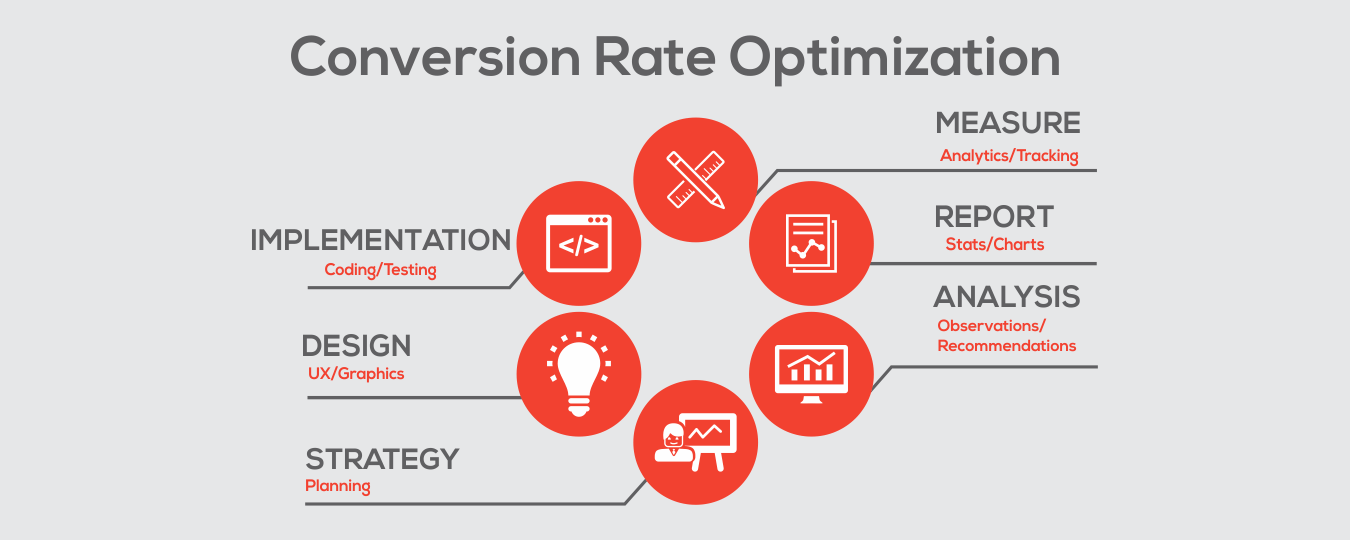
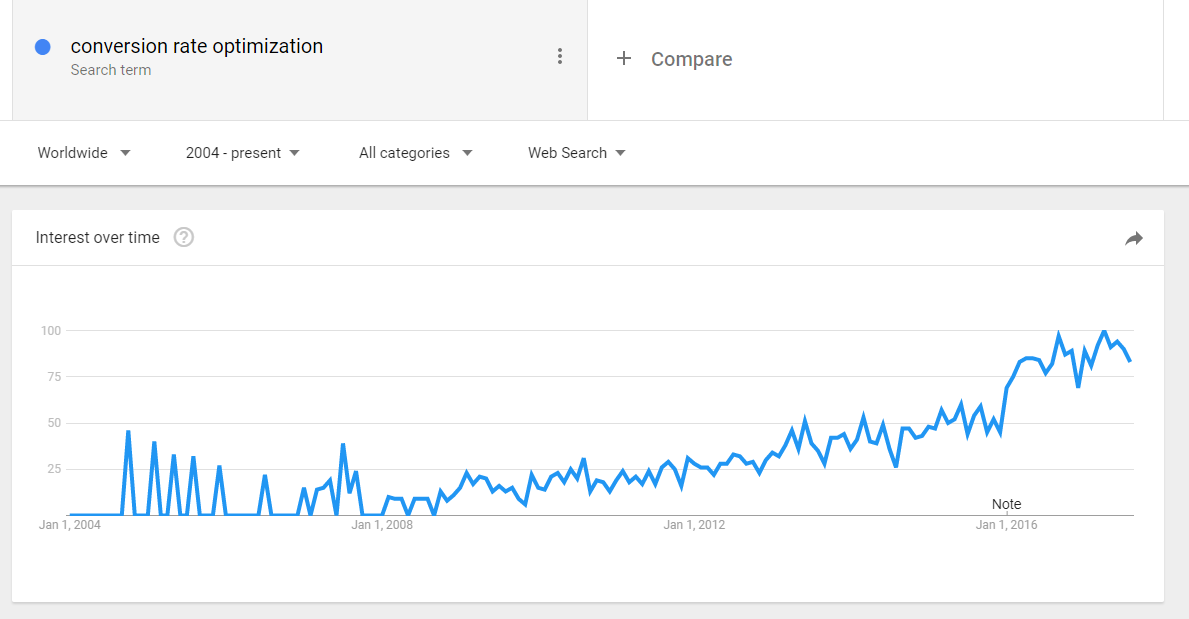

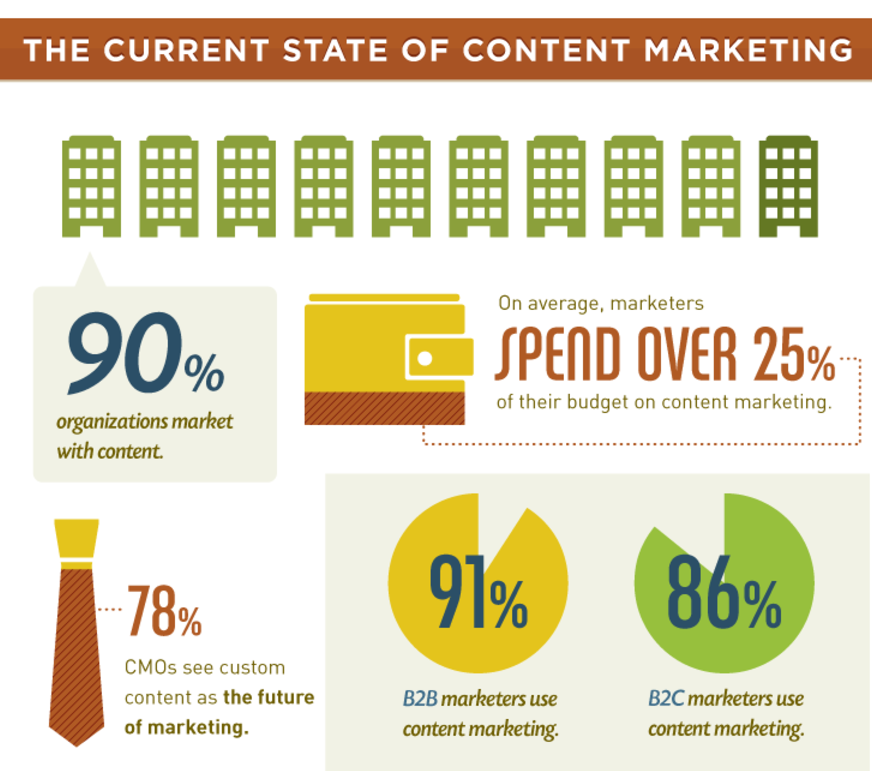
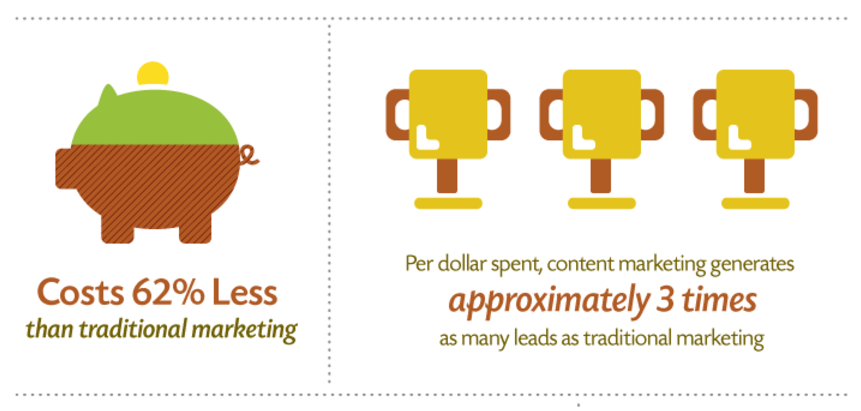
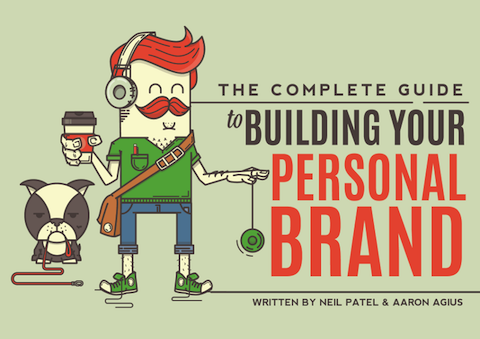
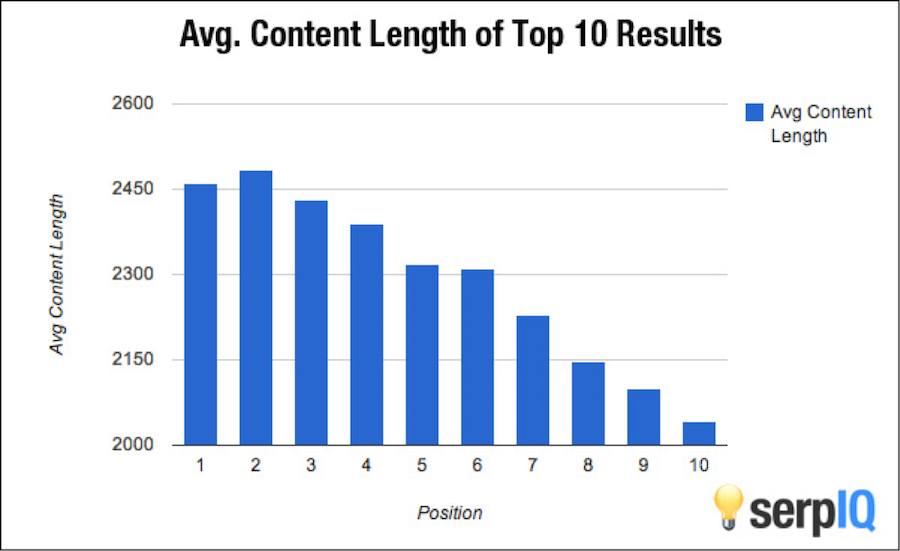
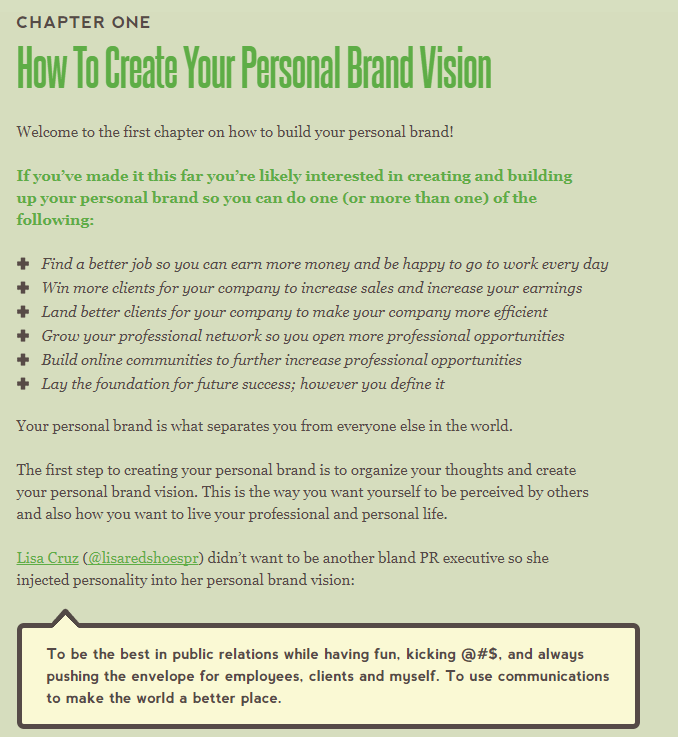
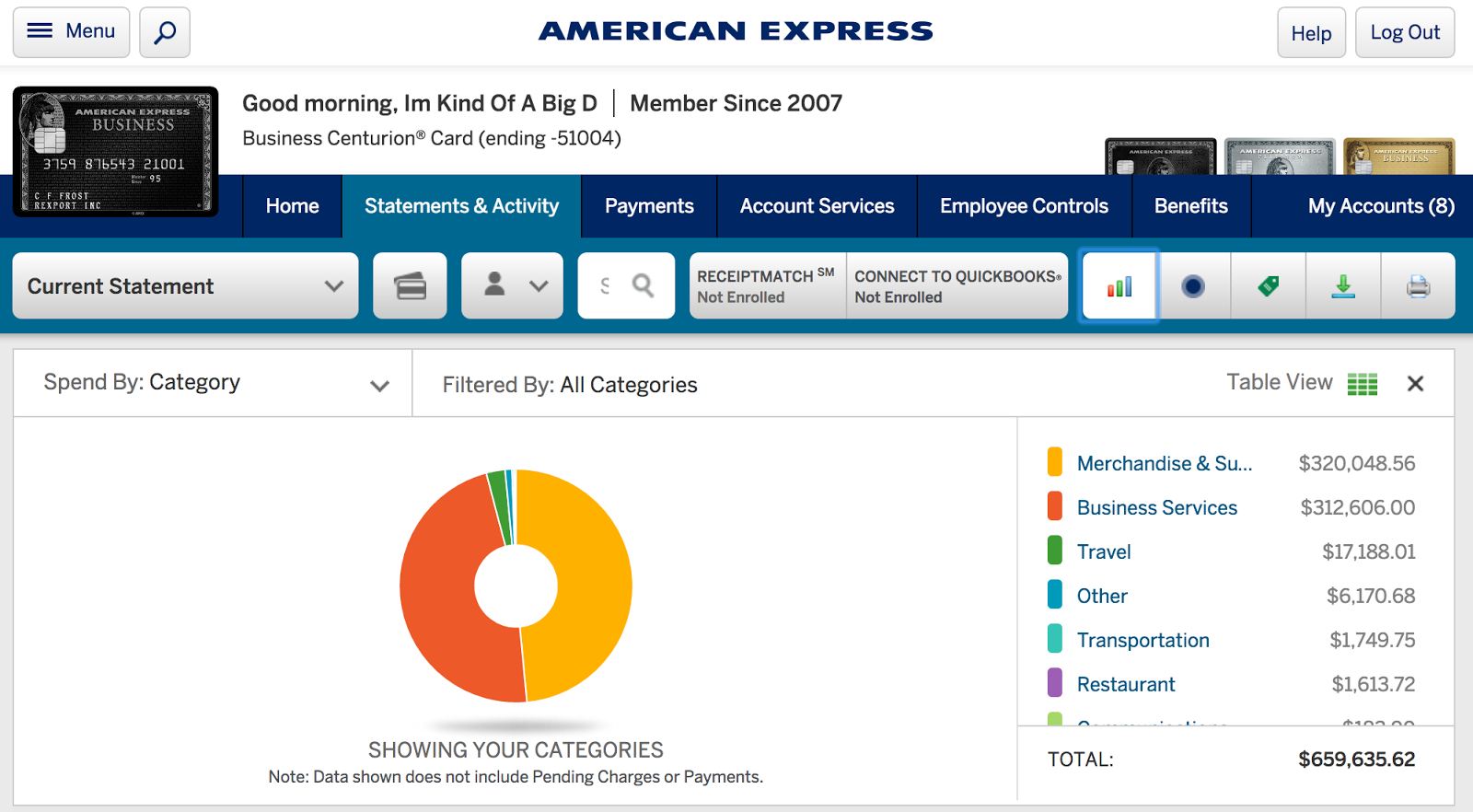
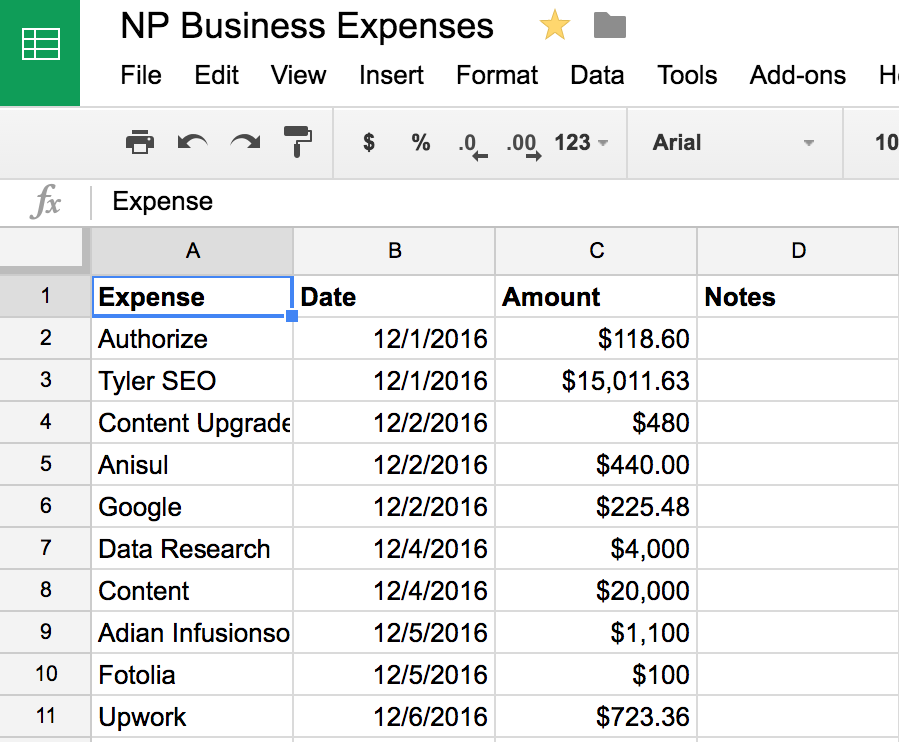
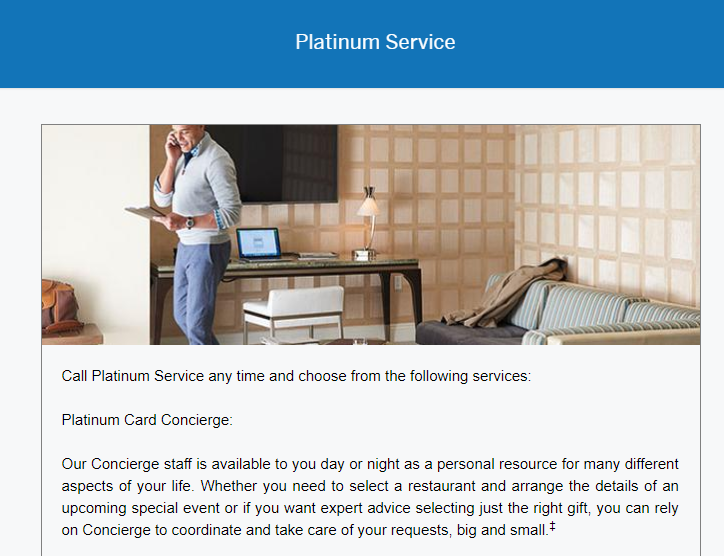


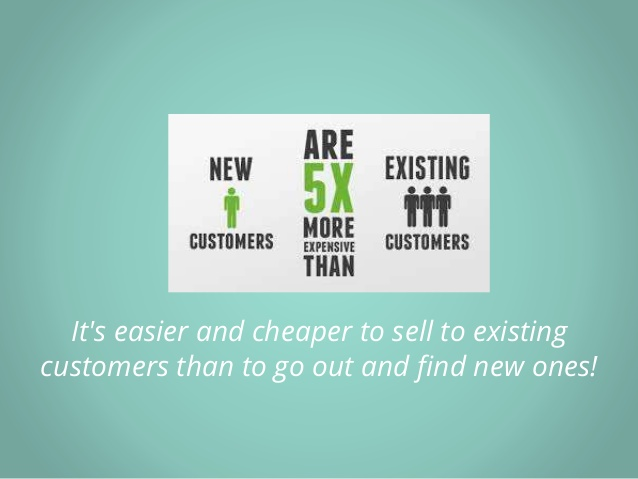
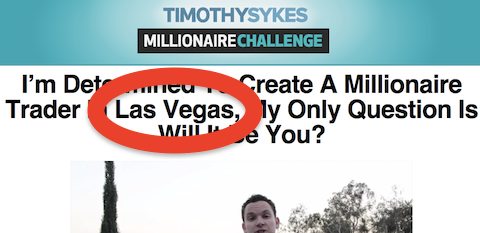
Comments (4)